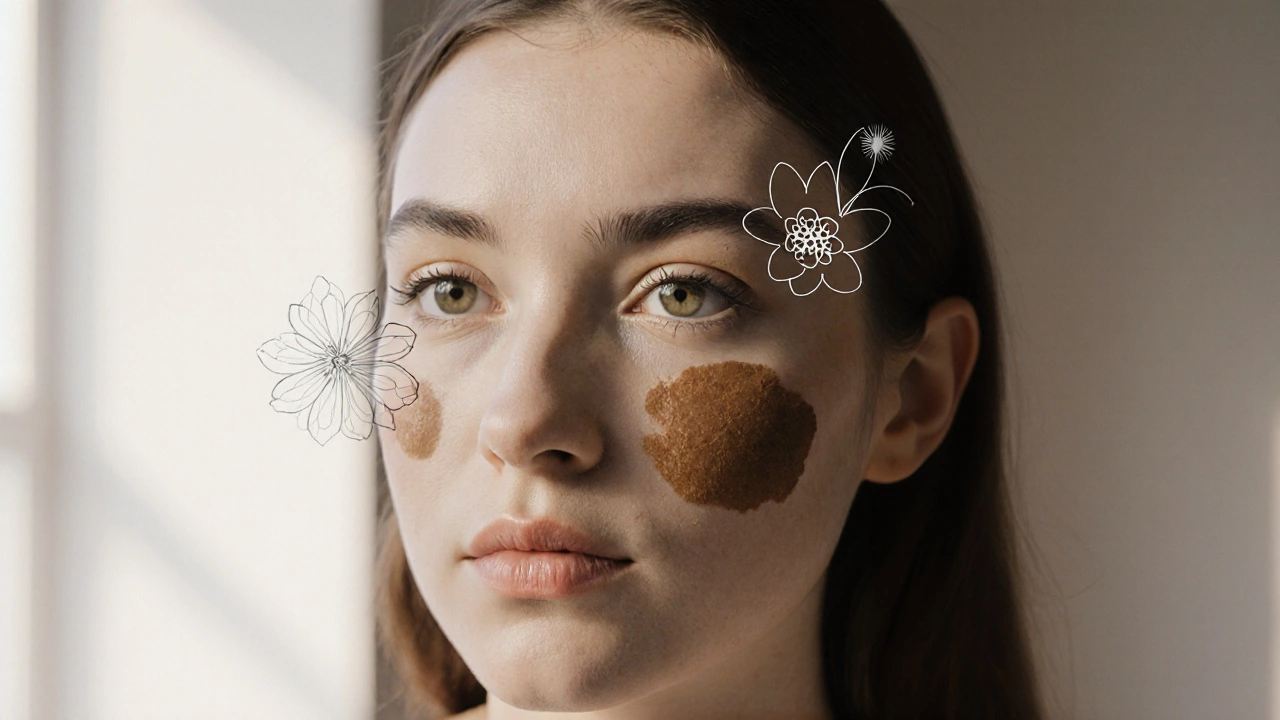Skin Pigment Tattoo
When talking about Skin Pigment Tattoo, a permanent pigment application in the skin used for artistic or cosmetic purposes. Also known as tattoo pigment, it blends art with dermatology and demands careful handling. Skin pigment tattoo isn’t just ink on skin – it involves chemistry, immune response, and long‑term skin health.
One of the core pieces is tattoo ink, the colored pigment suspended in a carrier solution that creates the visible design. Quality ink reduces the chance of infection and fading, while poor‑grade pigments can cause toxic reactions. The choice of ink ties directly to safety, because certain pigments contain heavy metals that may trigger skin irritation or systemic effects. Knowing which ingredients are approved helps you avoid those pitfalls.
When a tattoo doesn’t heal as expected, an allergic reaction, an immune response that leads to redness, swelling, or itching around the tattooed area is often the culprit. Allergies can stem from pigments, preservatives, or even the needle material. Spotting early signs—persistent itch, raised bumps, or a rash that won’t fade—lets you seek dermatological care before scar tissue forms. Managing an allergy may involve topical steroids, antihistamines, or, in severe cases, removal.
If you later decide the design no longer fits, laser tattoo removal, a procedure that breaks down pigment particles with high‑energy light, allowing the body to clear them naturally becomes the go‑to solution. The success of laser removal depends on ink composition, depth, and skin type. Darker pigments absorb laser energy better, while lighter shades may need multiple sessions. Understanding how laser technology interacts with pigment helps set realistic expectations on cost, pain, and timeline.
Beyond ink and removal, the visual outcome can shift over years due to skin discoloration. Sun exposure, aging, and the body's natural melanin changes can lighten or darken a tattoo. Regular sunscreen, moisturization, and periodic skin checks keep the artwork looking fresh. Together, these factors—ink quality, allergy awareness, removal options, and skin care—create a full picture of what a skin pigment tattoo entails. Below you’ll find detailed articles covering each aspect, from choosing safe ink to navigating laser removal, so you can make informed decisions and enjoy your tattoos responsibly.
Chloasma and Tattoos: Essential Guide Before You Ink
A practical guide for people with chloasma who want a tattoo, covering risks, preparation, ink choices, aftercare, and when to see a dermatologist.
© 2025. All rights reserved.

